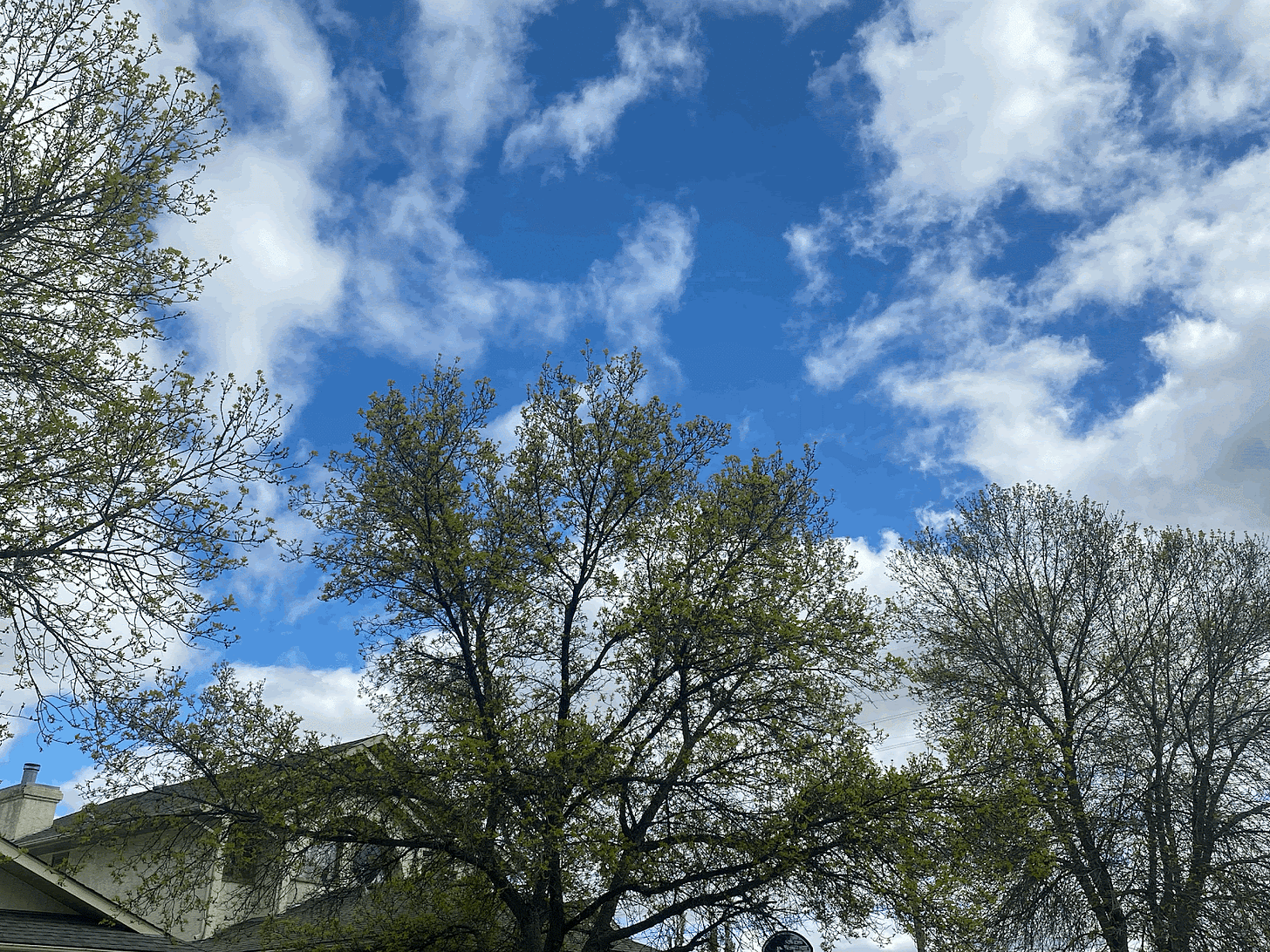Invasive insect may put Edmonton’s urban forest at risk
A city-wide call to action urges residents to report signs of the destructive beetle

An invasive insect, the Emerald Ash Borer (EAB), may pose a threat to thousands of ash trees on the street boulevards of Edmonton. The EAB has been detected in six provinces across Canada, and Alberta may be next.
Sacha Curran, an expert in garden cultivation and management, has launched a city-wide community monitoring project that asks for Edmontonians’ help in protecting the city’s ash tree population.
“Be a part of something pretty cool and join your community,” Curran says. “Let’s rally behind our urban forest.”

Curran urges Edmontonians to monitor ash trees in their area and report any signs of EAB to 311 or submit a tree concern online. The most common signs and symptoms of EAB infestation include overall thinning of the tree canopy, dead or dying branches, and yellowing leaves.
The Emerald Ash Borer was first detected near Ontario in 2002 and is now known to devastate forests at a rapid pace. Up to 99 per cent of trees infected with these wood-boring beetles die within eight to 10 years, making early detection and community monitoring efforts essential.
“Early detection means targeted strategies, immediate management plans and quick implementation. If we don't jump on this curve right away and we miss this window of early detection…it's almost too late,” Curran says.
Ash trees make up 41 per cent of all boulevard trees in Edmonton, and replacing them would require a significant investment of public funds. This is an important consideration given the broader ecological value of our urban forest, which is estimated at $2.7 billion, according to the City of Edmonton Urban Forest Asset Management Plan.
On an economic scale, the loss of ash trees may have larger ramifications, such as increasing homeowners’ cooling and heating costs and the significant financial impact of chemically treating and removing infected trees, as reported by the Government of Canada.
In 2025, The Nature Conservancy reported on the community importance of trees. They found a correlation between urban trees and increased physical activity, reduced stress, reduced air pollution, and support for stormwater management.
Curran explains that people should consider the social importance of a declining tree population on their mental and physical health. “Imagining these spaces without trees will make our lives a whole lot more uncomfortable,” she adds.
Many Edmonton neighbourhoods like Londonderry, Woodcroft, and Grandview Heights have already taken initiative in monitoring and reporting EAB. Curran hopes to raise greater awareness about the issue and even engage local school boards in the effort.
Visit Sacha Curran’s website for more information on how to identify ash trees and EAB, how to report a concern to 311, and what to do if you detect EAB during the monitoring season, which runs from May until October.




